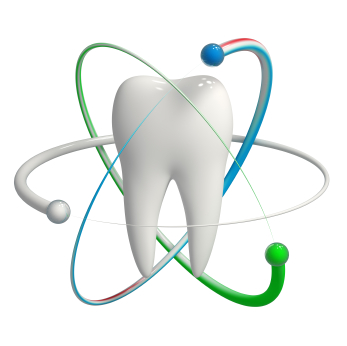All About Flossing!
So you’ve brushed your teeth and now your ready to call it a day. Not so fast. There could still be bits of food and bacteria lurking in between your gums that your toothbrush wasn’t able to reach. The nooks and crannies of your mouth need to be thoroughly cleaned and a toothbrush just isn’t able to reach in these areas most of the time.
Flossing should be done twice a day after brushing your teeth. It helps to remove small pieces of food that may become trapped in between your teeth. If left there, bacteria can build up. This can lead to all sorts of dental problems, including gum disease. Flossing ensures that no bits of food are left behind, thus ensuring your mouth is healthy. Foods that are high in sugar make your mouth even more prone to dental problems because sugar in foods gives bad bacteria something to feast of of.
Some people find that their gums bleed after flossing. This can be because the floss slightly irritates the gum, or because the blood is actually bacteria stuck between the teeth. Rinsing with water and mouthwash after flossing is very important to rinse away any debris that flossing brought to the surface.
It’s important to strategically floss in between each tooth and to gently scrape each side of the tooth with the floss. You should go down as far as possible in order to lift and remove any trapped food particles from resting in between your gums. For days when you’re on the go and at work or running errands, you can purchase flossing tools that are easy to use in the car without needing to look in the mirror to make sure you’re flossing correctly. Adopting flossing as a daily habit will ensure healthier teeth and gums for years to come.




